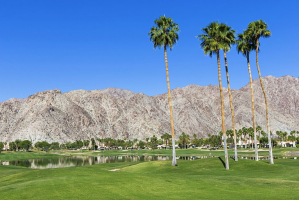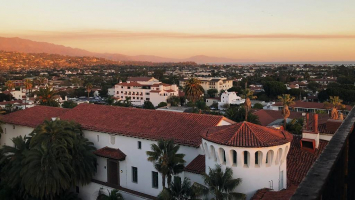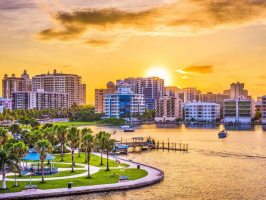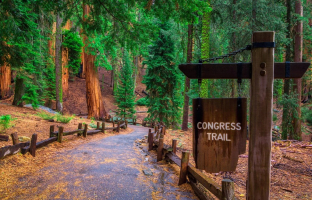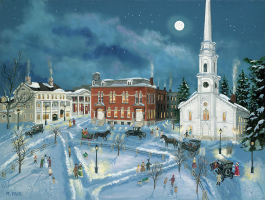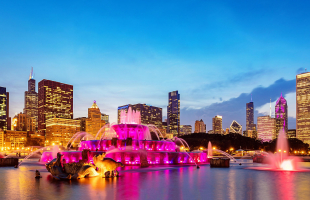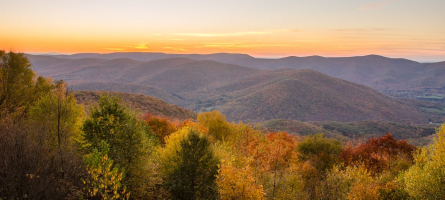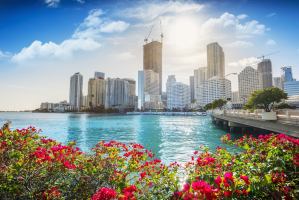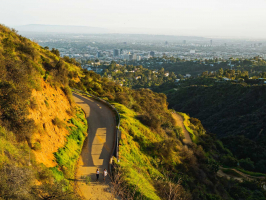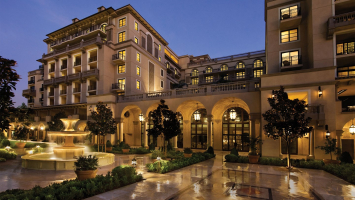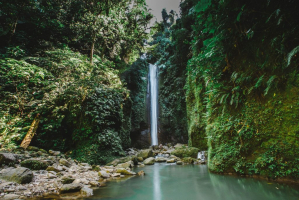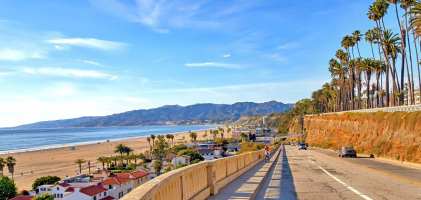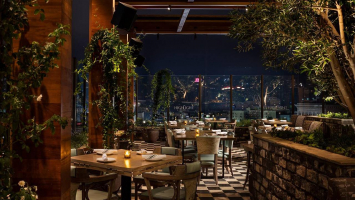Top 8 Secluded Getaways from L.A.
These remote getaways from Los Angeles might be the perfect fit if your ideal weekends don't entail meeting people. Fortunately, there are lovely national ... read more...parks, forests, and mountains all around the city, giving you plenty of natural beauty and some seclusion without sacrificing entertainment options. You can find island camping, lakes that are ideal for picnics, isolated beaches, and walks to waterfalls on this list. Wear a mask and use social distancing if you do happen to see someone while traveling. Here are some of the top Secluded Getaways from L.A.
-
Two Harbors , one o the the top Secluded Getaways from L.A, is a small town on Catalina Island that is only 22 miles from the mainland of Southern California. This small, undeveloped community is situated between Catalina Harbor on the island's windward side and Isthmus Cove on its leeward side.
Visitors from the mainland normally travel from San Pedro on a high-speed ferry, but many arrive on their own boats and choose one of the more than 700 moorings offered for rent in the several protected bays and harbors along the coast. The Discover Two Harbors Cyclone Power Boat will take visitors who are already on the island down to Two Harbors for the day.
The outdoorsy village of Two Harbors on Catalina Island is reachable from San Pedro after a one-hour boat ride off the coast and offers summer camp vibes and breathtaking views (and the chance to see wild bison). One bar, one restaurant, one basic shop, and a lot of open space and water can be found in Two Harbors, which is much smaller and quieter than its sister town of Avalon.Two Harbors is situated on a hill overlooking the Pacific. Traditional tent camping and cabins with access to showers, urinals, fresh water, picnic tables, BBQs, and fire pits are available at the Two Harbors Campground. Even delivery service is available from the general shop to your campsite.
- Location: Catalina Island
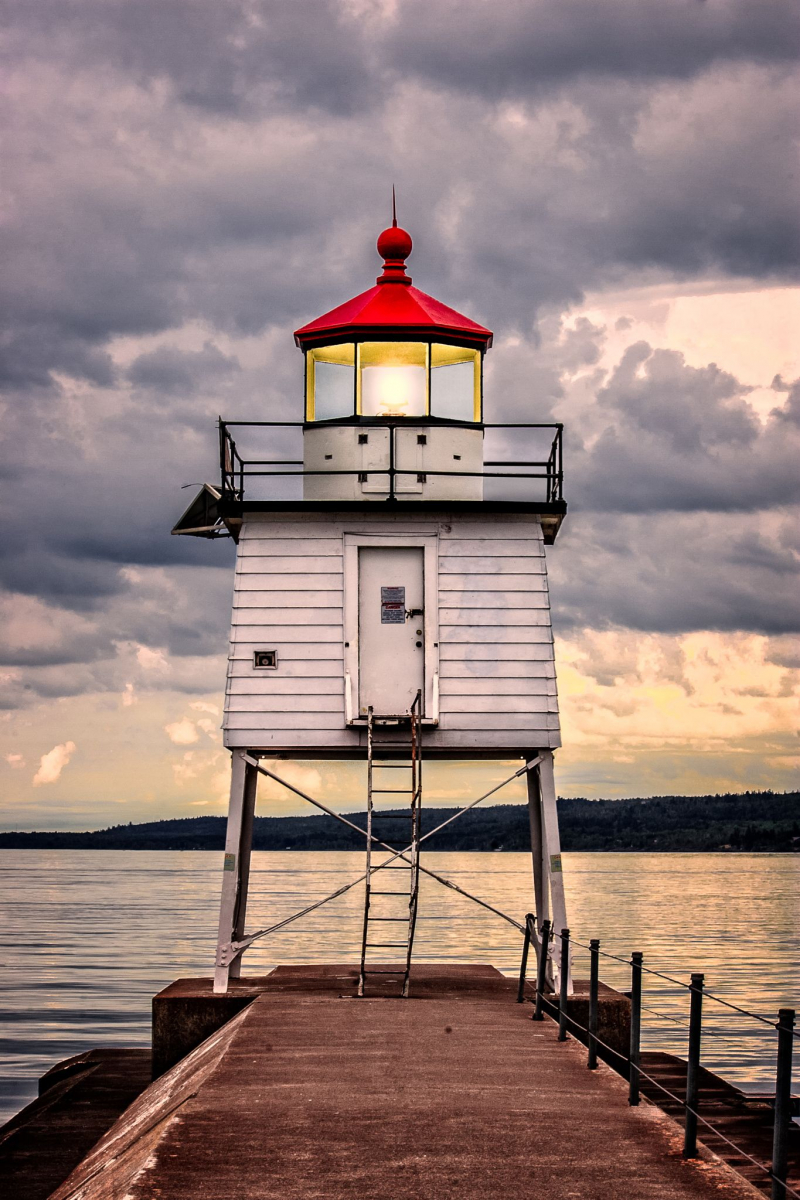
https://www.pinterest.com 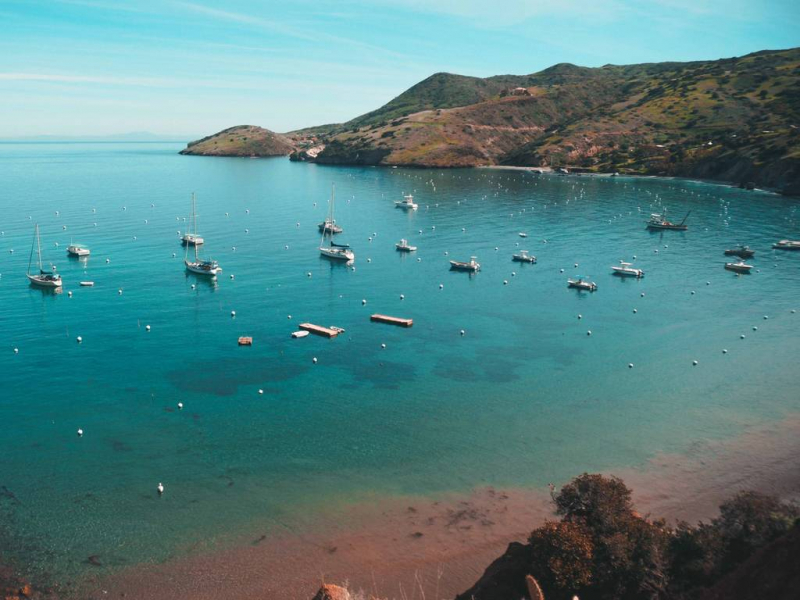
Photograph: Shutterstock -
Santa Cruz, Anacapa, Santa Rosa, Santa Barbara, and San Miguel are a group of five islands that are rich in unspoiled natural beauty. In fact, merely traveling to Channel Islands National Park by boat—which can take anywhere from one to three hours, depending on the island—is a beautiful experience (all trips leaves from Ventura County). The greatest way to experience the Islands' abundance of sea caves and kelp forests up close is by kayak, but the area also provides breathtaking walks, camping, and the chance to see 2,000 different species of flora and animals (145 of which are unique to the Islands).
Wide-ranging recreational activities are offered by Channel Islands National Park, which also offers a welcome respite from the hustle and bustle of city life. The decision of where to go, what to do, and how to do it can be difficult, though, as the park spans five islands and the ocean that surrounds them by a mile. In order to help you make sense of it all, specific information has been provided in the "Planning Your Visit" section. To begin organizing a fantastic vacation to the park, click on the buttons in the navigation or the ones below.
- Location: Channel Islands
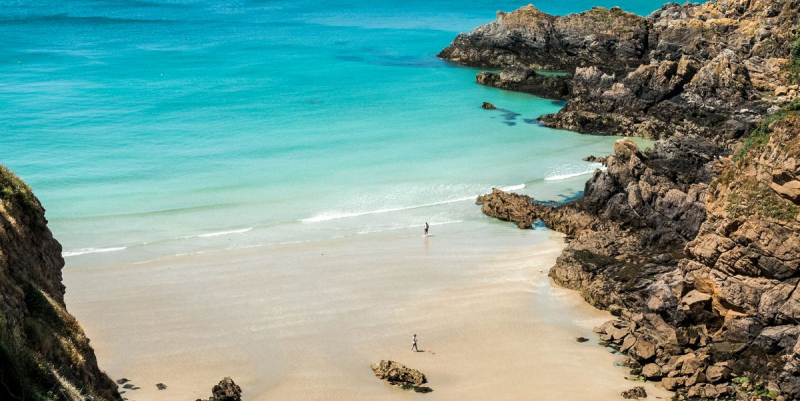
https://lifestorage.homelinux.net 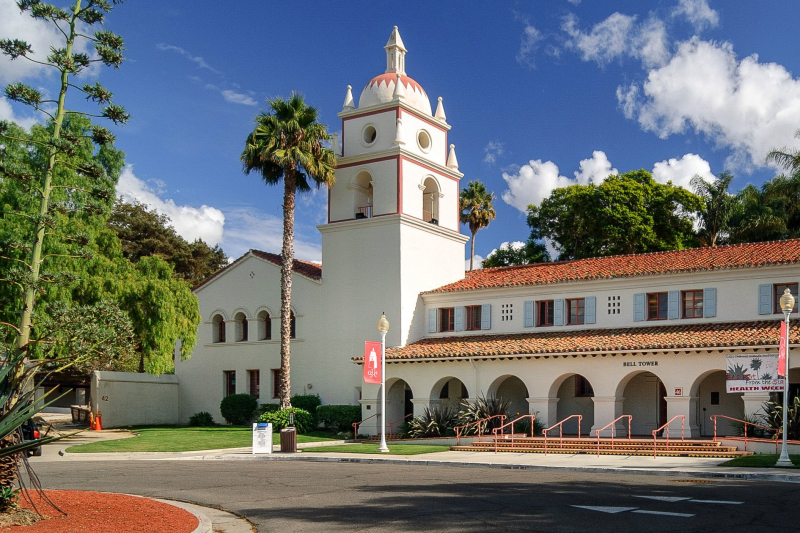
https://www.thoughtco.com/ -
Although there aren't many unusual stops along the journey from Los Angeles to the San Jacinto Mountains, as you exit the freeway and wind your way up into the mountains, you'll be busy taking in the expansive views of the valley below and inhaling the aroma of fresh pine and sweet cedar. In contrast to Idyllwild Park, which provides hiking, bouldering, and gorgeous camping, Lake Fulmor is an excellent location for picnics, rainbow-trout fishing, and bird viewing.
Popular Idyllwild Park, with 202 acres of lovely open space, a mature forest, and breath-taking hiking paths, is situated on the edge of the colorful mountain community of Idyllwild. Idyllwild is the ideal location for reestablishing contact with loved ones, friends, nature, and the slower pace of small-town living in the mountains.
The day use part of Idyllwild Park provides hikers, climbers, and adventurers with a shaded meadow for picnics and group activities. Any of the five routes, which offer breath-taking beauty and expansive views, are open to visitors. Massive granite boulders provide some of the best rock climbing challenges available for more daring outdoor enthusiasts. The 88 wonderful woodland campsites in the park's basic but well-maintained campground each have a fire ring, picnic table, and are near to facilities and showers. Along with individual camping, visitors can take advantage of the Lawler Lodge and Lawler Alpine Cabins at RivCoPark.- Location: Idyllwild
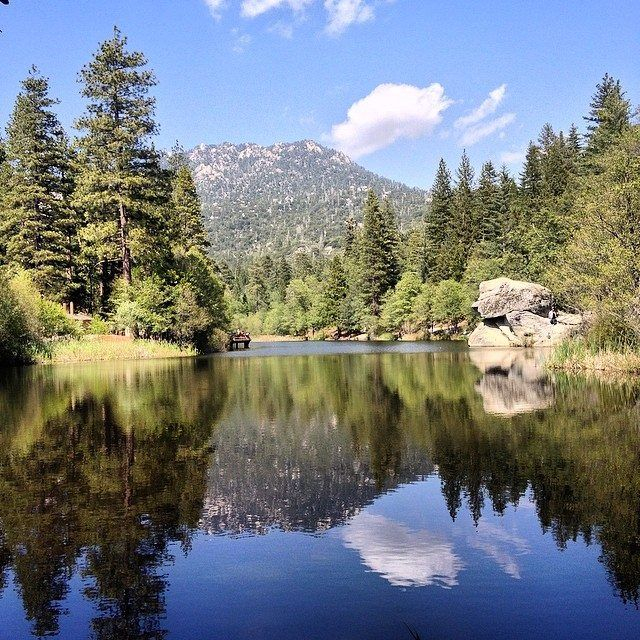
https://www.pinterest.com/ 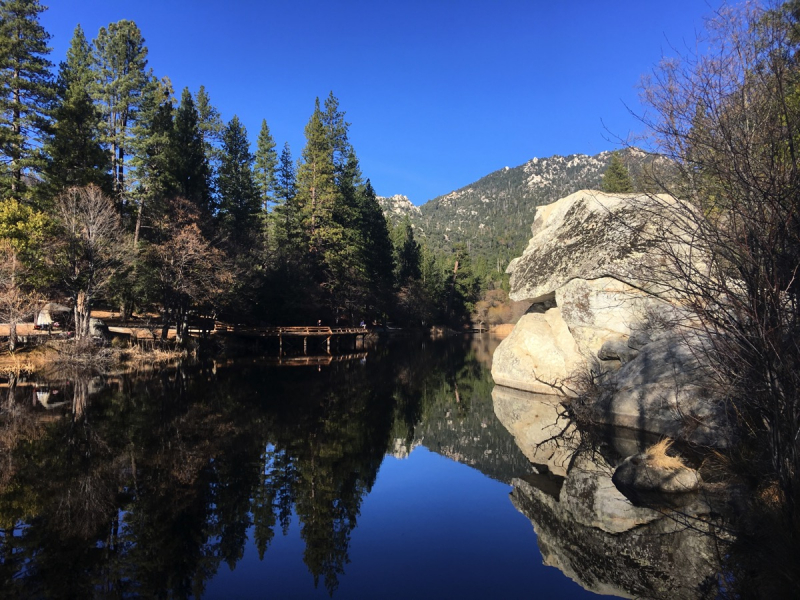
https://digandhang.com/ -
Point Mugu State Park ranks fourth on the list of the top Secluded Getaways from L.A. and offers 14,000 acres of serene area with five miles of coastal shoreline and is situated in the Santa Monica Mountains. It's wonderful for hikers of any expertise level and there is plenty of space to avoid other people with over 70 miles of hiking routes. Come here in the spring to view the Chumash Trail covered with blossoming wildflowers or to see migratory whales pass the shore. There are two campgrounds—Thornhill Broome and Sycamore Canyon—if you want to stay the night.
Five miles of ocean shoreline, rocky bluffs, sandy beaches, sand dunes, rugged hills and uplands, two significant river canyons, and expansive grassy valleys dotted with sycamores, oaks, and a few native walnuts are all features of Point Mugu State Park, which is situated in the Santa Monica Mountains. There are hiking trails that are more than 70 miles long. The beach also offers body surfing, fishing, and swimming. The rough peaks of the Boney Mountains State Wilderness Area are part of the park.
- Location: Catalina Island
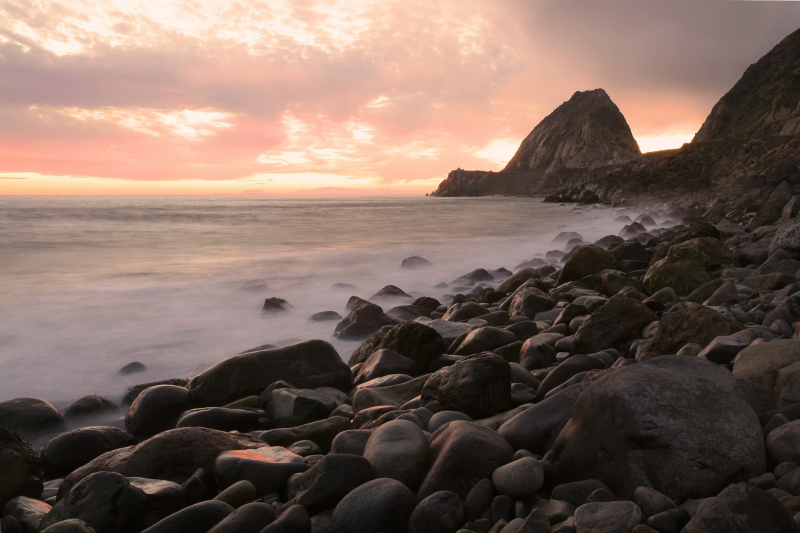
https://naturalatlas.com/ 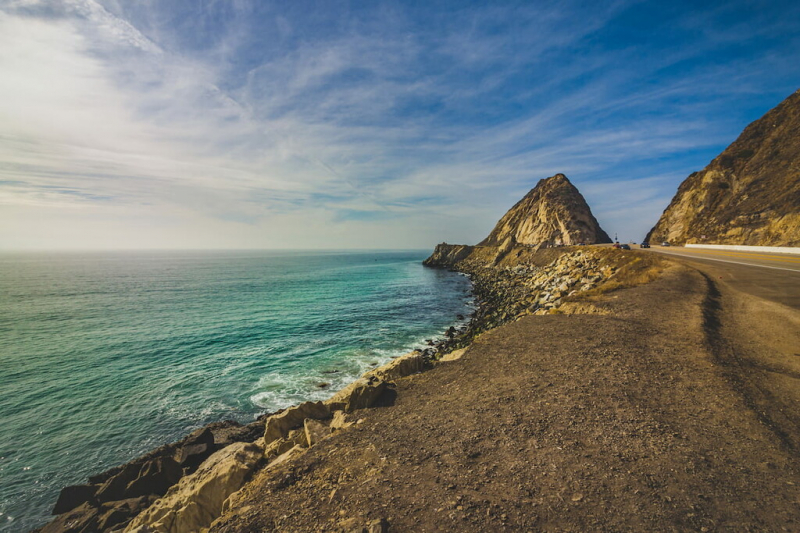
https://peakvisor.com/ -
The Los Padres National Forest, which stretches almost 220 miles from Carmel Valley to the western end of Los Angeles County, has nearly two million acres and provides a picturesque setting for Big Sur, San Luis Obispo, Santa Barbara, and Ojai. There are excellent options for backcountry primitive leisure like car camping, backpacking, hiking, bicycling, and fishing in a large portion of the forest, which is secluded and unpaved. Try a nine-mile trip on the Sespe Creek Trail from Ojai to Willett Hot Springs; after that, hike another six miles to reach Sespe Hot Springs. Are you fatigued? Along the journey, there are places to set up camp.
Ocean beaches, sub-alpine forests, chaparral, desert badlands, and riparian habitats are just a few of the recreational settings in the Los Padres that draw tourists. Millions of tourists visit the Big Sur region each year, which is located on the stunning Monterey coastline and is a popular national and international destination. Camping, hiking, scenic drives, OHV riding and camping, horseback riding, fishing, winter sports, beach walks, wildflower watching, picnics, rock climbing, and other activities are among the recreational pursuits.
- Location: Los Padres National Forest
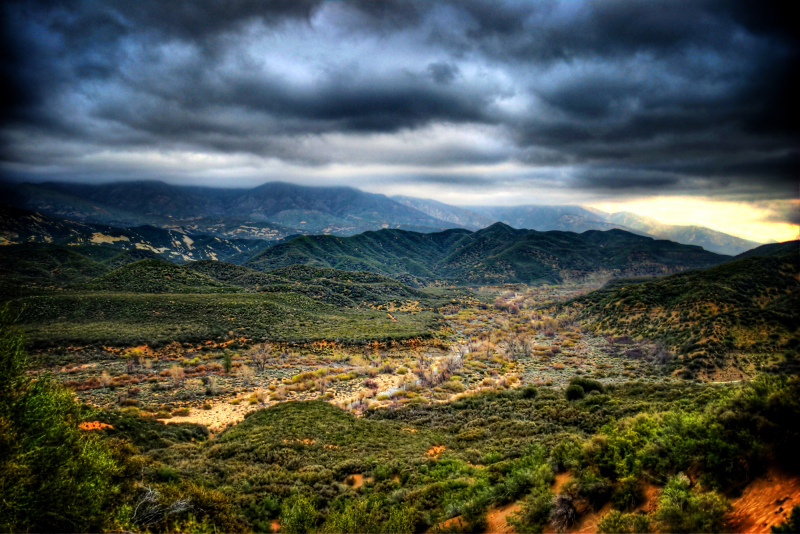
https://sfbayca.com/ 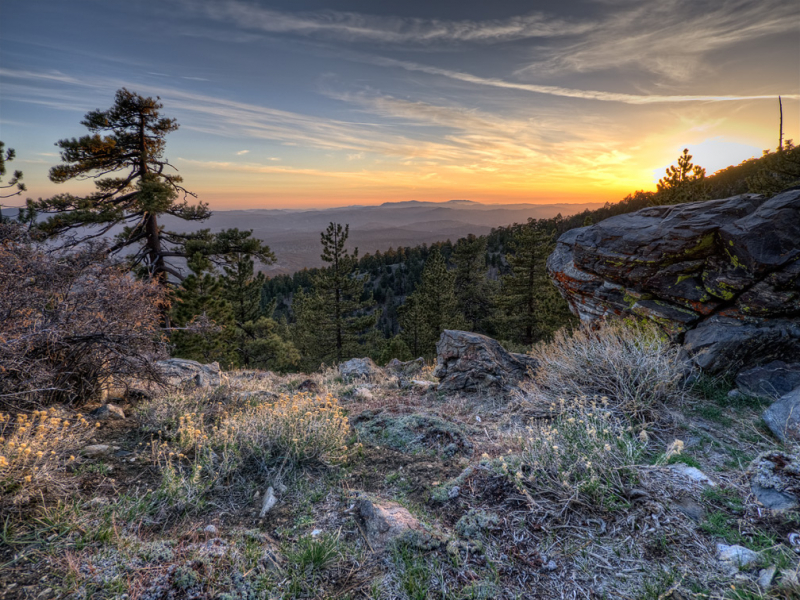
http://lpfw.org/our-region/ -
The closest you'll come to seeing Southern California in the days of John Muir is in the Angeles National Forest, which is about 30 minutes from Downtown Los Angeles. There are ways to avoid other people on some of the trails, which can be crowded at times because so many people want to see the spectacular Sturtevant Falls, for instance.
For a short day trip to Gould Mesa Campground, take a part of the 28-mile Gabrielino National Recreation Trail via the sycamore-shaded Arroyo Seco. A longer, 8-mile round-trip climb through shady forests will take more seasoned hikers to the summit of 9,399-foot Mount Baden-Powell (located just northwest of the more well-known Mount Baldy). 360-degree views make the nearly 2,900-foot ascent to the barren peak worthwhile.
- Location:Angeles National Forest
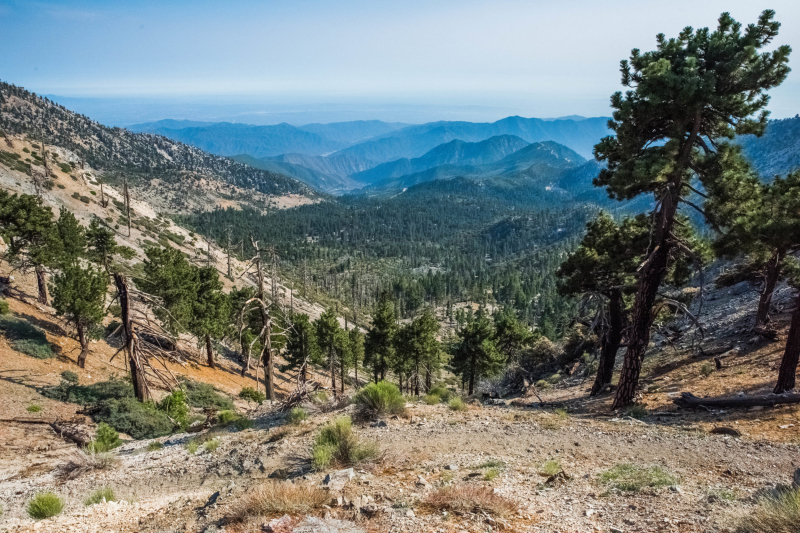
https://wewhoroam.com/ 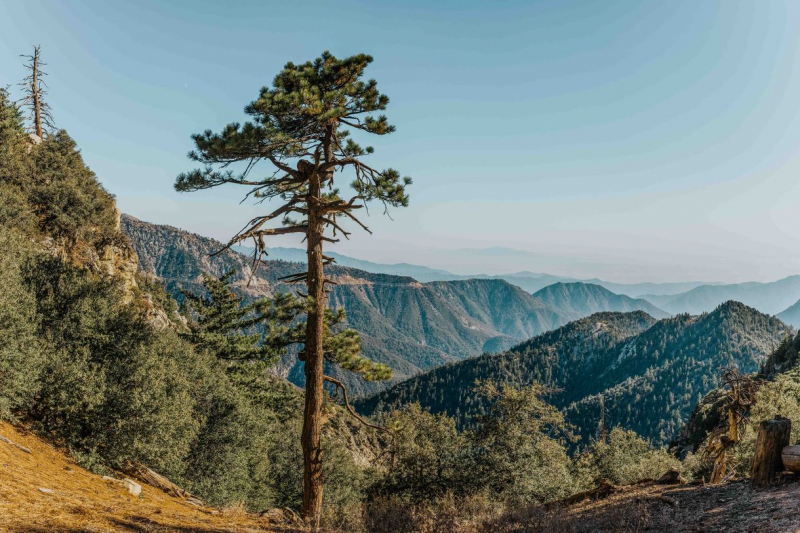
https://www.california.com/ -
There are still several locations in Joshua Tree where you can get away from it all despite its rising popularity. You won't likely see anyone if you just stay away from the main roads and parking areas and avoid well-traveled paths like Hidden Valley. Numerous Joshua trees dot the unusual desert terrain, coupled with the boulders and rock formations that give the sights their legendary status. Try your luck in White Tank, a smaller lot that is first-come, first-served, where you might have some luck.
A monocot is a species of grass-like blooming plant that is an iconic component of the California desert vegetation. The scientific name of the plant is Yucca brevifolia, yet it is also known as the yucca palm, tree yucca, and palm tree yucca. The Joshua tree used to be regarded as a part of the lily family. Now that the lily family has been divided into 40 distinct plant families, the Joshua tree has discovered its proper home in the agave family.
- Location: Catalina Island
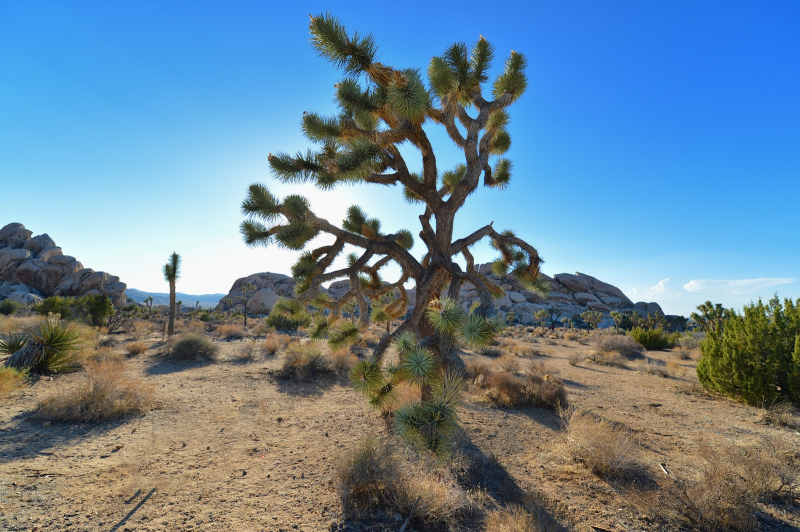
http://blog.frankiefoto.com 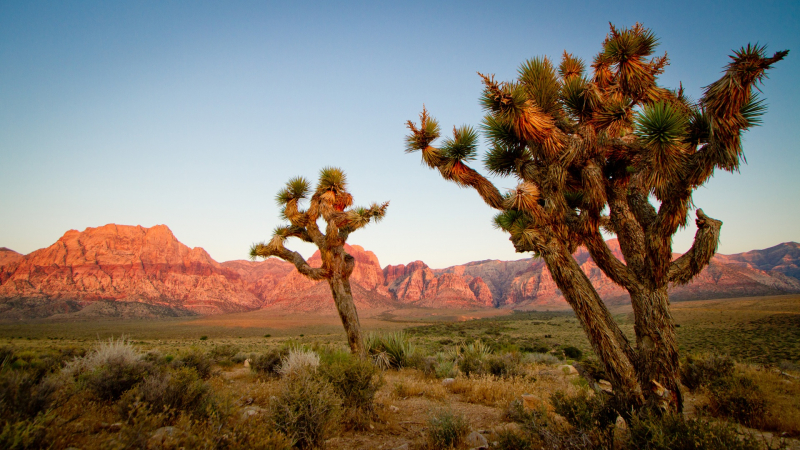
http://eskipaper.com -
Big Bear Lake and Lake Arrowhead are two of the most well-known tourist attractions in the San Bernardino National Forest, but there are many other more quiet sites to hang out as well. In contrast to Lake Arrowhead, Lake Gregory is close by and offers kayaking, canoeing, and paddleboarding. Strawberry Peak, located near Twin Peaks, may be reached by car or via a pleasant stroll and has some magnificent views of the area.
The mountains support a wide variety of tree species, including numerous conifers. Pines that include ponderosa, Jeffrey, sugar, Coulter, lodgepole, single-leaf, and knobcone pines as well as pinyons do well here. Here, white fir, bigcone Douglas-fir (Pseudotsuga macrocarpa), incense cedar, and western juniper are among the other coniferous trees that flourish. Other trees that grow here include Pacific dogwood, California black oak, and Canyon live oak. An estimated 87,400 acres (354 km2) of old growth make up the forest. The Sierra Nevada mixed conifer forests, white fir (Abies concolor) woods, Jeffrey pine (Pinus jeffreyi) forests, and lodgepole pine (Pinus contorta) forests are the four most prevalent types of old-growth forests.
When you are here, you might feel carefree because of the forest's beauty and tranquility, but you should always be on the lookout for danger. Before you embark on your next expedition, kindly confirm that the woodland routes you intend to explore are indeed open.
- Location: San Bernardino National Forest
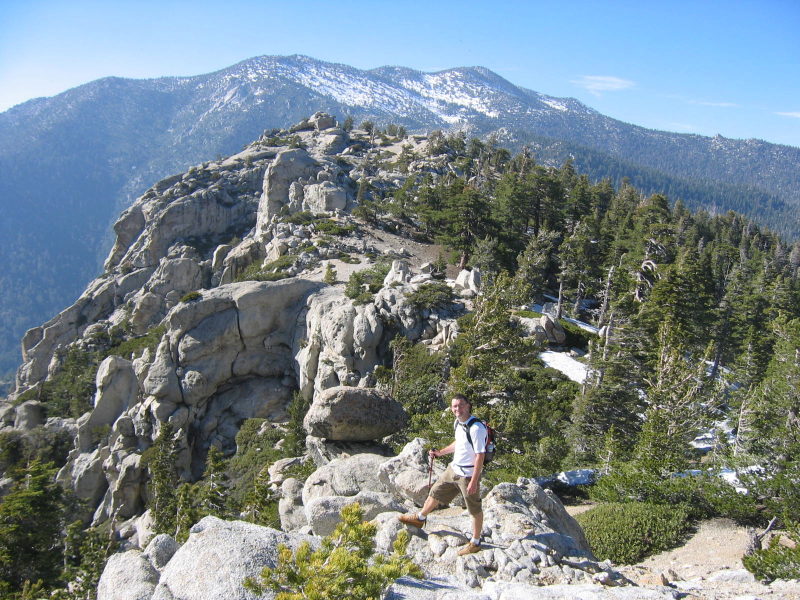
http://treehuggersintl.com 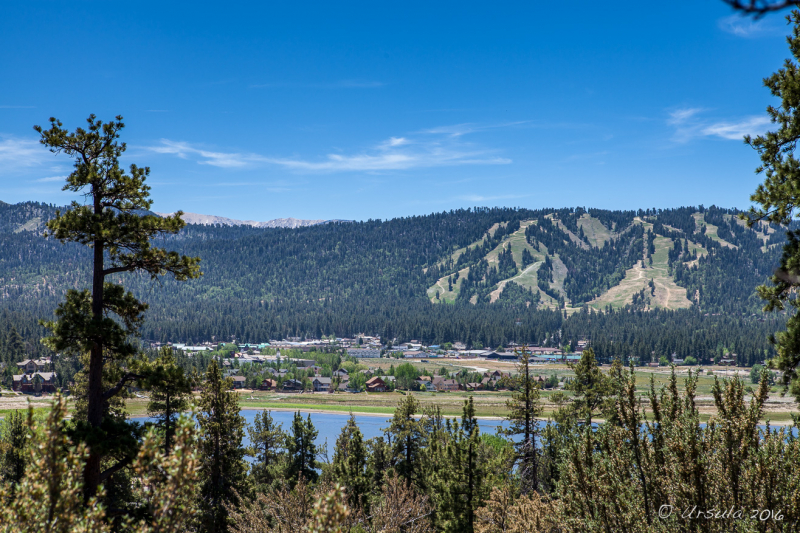
https://www.ursulasweeklywanders.com/










